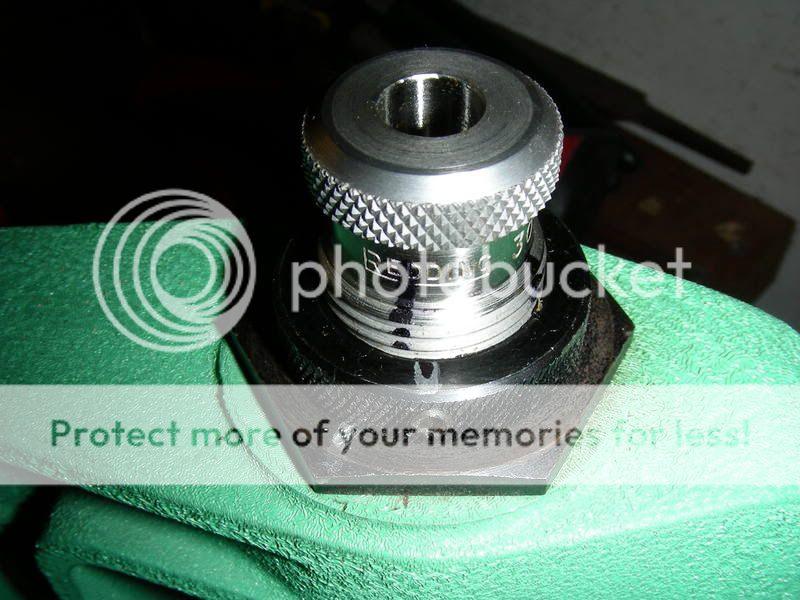Hey Jason
What you are describing sounds like a perfect illustration of what happens when you do not have the die threaded in quite far enough.
For an illustration let's use some numbers to gauge by
"0" - will be as you described when you raise the ram and adjust the die down until it hits the shell holder
"-3/4" - that is UNTHREADING the die back up off the shell holder 3/4 turn. This is usually the place where the die sizes most of the NECK but the die body has not contacted the CASE BODY
"-1/2" - the die will start to contact the case body at the pressure ring which is just forward of the case head and start to size it to the inside dimensions of the die
"-1/4" - the die sizes more of the case body and when it does it will squeeze the case body like a balloon which will start to push the shoulder up. IOW your case will get longer in the dimension from the case head to the shoulder which will cause the case to start to bind and get a "crush fit". Remember when you fire formed your case, the case expanded to the chamber walls and the "springback" (an inherent property of brass) decreased the size of the case by a miniscule (.001" or less) amount allowing the case to extract. So the case dimension from the case head to the shoulder was very close to the chamber dimensions. Even a small amount of movement forward by the shoulder will then cause the case to bind.
"0" - this is where you set your die at contact with the shell holder. The die has now sized almost the entire case body length and (again squeezing the balloon) has pushed the shoulder forward the most amount causing a noticeable crush fit
"+1/8" - lower the ram and thread the die downwards a very small amount at a time. Like 338winmag said, even a little adjustment will move the shoulder WHEN IT MAKES CONTACT. You are looking for the exact setting where your die will make this initial contact with the shoulder of cases fired in your rifle. It helps to put witness marks on your die and press
"+1/4" - this is where most instructions for typical dies like RCBS Full Length dies say to set your die for "Full Length Resizing". You may not want to set it down that far, just want to find the place where the crush fit disappears. Set your rifle up and chamber the cases after each movement of the die to see if it chambers easier. You want to set the die at the very point where the die contacts the shoulder and pushes it back the minimum amount of .001" or so for a very slight crush fit. I call this Partial Full Lenth Resizing but the terminology used amongst reloaders is not standardized so some may call it something else.
If you push the shoulder back so that it has no contact then that is Full Length Resizing in my feeble mind and if you do it repeatedly then your case life will suffer. Continual expansion to the shoulder and then setting it back more than necessary will cause the case to continually expand forward at the shoulder, grip the chamber walls and then the case head will be pushed back to the bolt face. This rubber-banding will thin and weaken the case at the pressure ring.


